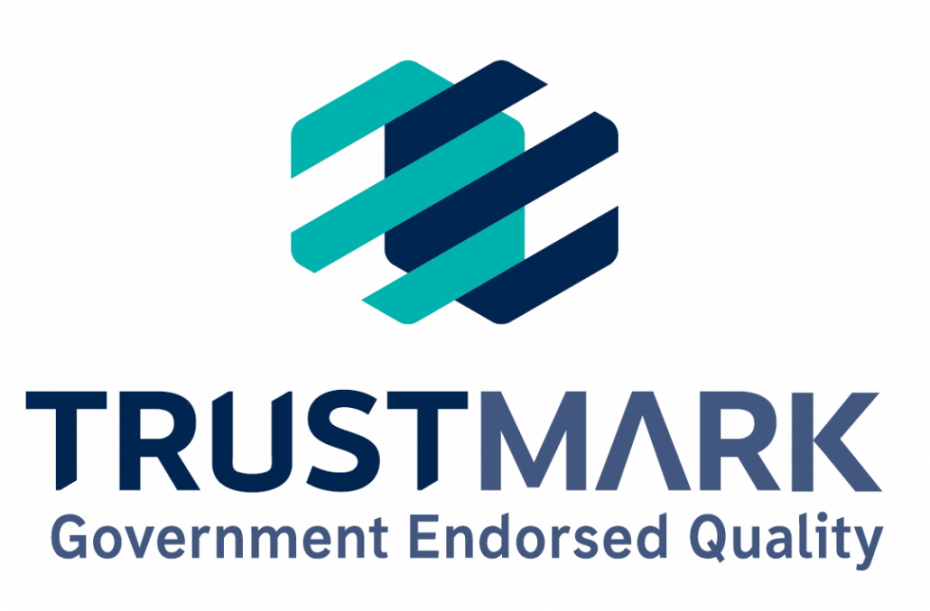Solar PV: What is it?
Solar photovoltaic panels or solar PV are solar panels which can be used to generateelectricity for homes and businesses. Increasingly popular, solar PV panels offer a practicaland flexible renewable system that’s rapidly growing in popularity.
Fitting easily into contemporary lifestyles, solar PV panels don’t need it to actually be sunnyoutside to work. They transform direct sunlight into electricity so solar PV panels will stillwork on a cloudy day – essential for the changeable weather we have here in the UK.
Steadily growing in popularity since the 1990s, solar PV systems are set to play an importantrole in our low carbon future. Lasting for decades with affordable purchase and installation costs, solar PV systems are super-easy to maintain and pretty much look after themselves.
Here’s all you need to know about what solar PV is, the benefits it can offer you and the costs involved in installation.
Solar PV: What is it?
What is Solar PV?
Solar photovoltaic panels (solar PV for short) take their name from the photovoltaic effect which is where light is transformed into electricity. Absorbing light through panels made from materials which are semi-conductors, such as silicon, solar PV can generate electricity to power homes and businesses.
Solar PV panels come in a wide range of sizes and are most commonly installed on top of roofs.
They can be made from:
- Microcrystalline: Formed from single crystals of silicon, microcrystalline solar panels are expensive because they offer superb efficiency, with the power to produce energy in all seasons. Microcrystalline panels are easy to identify because they are black.
- Polycrystalline: Composed of many silicon crystals, polycrystalline solar panels are quicker to manufacture making them more affordable. However, polycrystalline offers a lower level of efficiency so these blue solar panels are better for use in areas where levels of sunlight are high.
- Thin Film: Offering low efficiency, thin film solar panels are integrated or mounted onto panes of glass for use in things like windows or power stations.
The history of solar PV panels
The earliest use of photovoltaic energy was back in 1839 when the photovoltaic effect was used to create the first solar cell.
Take a look at the rooftops in your local area and you’ll be surprised at how popular solar PV panels have become, accounting for around 3% of energy produced worldwide. Installation has grown since the 1990s with a sharp uptick in the number of PV systems in use in domestic homes in recent years.
In fact, solar PV is now the third most popular type of renewable energy after wind and water. As we get closer to our low carbon future, numbers are set to rise because solar PV is easy to install and use, offering the flexibility we need for modern living.
How do solar PV panels work?
A solar panel consists of a collection of up to 96 solar cells able to produce around 275 watts of electricity as a collective. Finished with robust glass, each cell inside a solar PV panel absorbs light from the sun, energising the electrons (or other type of charged particle) contained inside to create an electric current.
Solar panels can be installed on the: ground, wall, roof or as a floating installation.
Solar PV vs Solar thermal
Solar PV panels are not to be confused with solar thermal panels. Although they may look similar when installed on the roof of a property, the two types of solar panels each perform their own function.
Solar PV panels generate electricity whilst solar thermal panels use heat from the sun to heat water for domestic or commercial use.
Just to confuse the matter, if you wanted an all-round solar heating system you could install both PV and thermal panels to provide your heating and hot water.
Solar PV panels cost around £1000 more to install than solar thermal panels. However, solar PV panels are the most practical option because they’ll remain effective in any season.
Why use Solar PV panels?
The benefits of using solar PV panels are many, here’s the top four advantages solar PV offers:
Low costs: Not only is light from the sun free and ever-present, solar PV panels are also likely to require no further maintenance once installed.
With installation possible from as little as £1000 and an ever-growing number of green grants available from the government, solar PV panels are an excellent low cost option. Reduce carbon consumption: Solar-powered energy means you’ll lower your household carbon consumption aiding the fight to slash global greenhouse gas emissions.
Suitable in all weathers: Absorbing light from the sun, you can use solar PV panels all year without worry.
Fits easily into existing lifestyles: The most popular location for the installation of solar PV panels are on the roof which means eliminates the inconvenience of extensive work inside your home. Once installed, you can continue to enjoy electricity as you did before.
If required, you could install a hybrid system which enables you to use solar energy alongside a second back-up option, if necessary. Talk to an expert about the best solar PV system for your home.
How much do solar PV panels cost to install?
One of the great things about solar panels are that they are installed as panels so you can create arrays with a bespoke number of solar panels to both fit your roof and budget.
Of course, you need to ensure the number of solar panels you install will provide a sufficient quantity of electricity for your home so talk to an expert installer to understand how many panels you’ll realistically need.
Have you heard about the Home Upgrade Scheme (HUG) Grant? You could get money off the cost to purchase and install solar PV panels if you’re eligible. Currently it’s open to those with household incomes of less than £30,000. Discover more about the HUG Scheme.
On average, UK homeowners tend to spend around £1000 - £6000 to purchase and install solar PV panels on the roof of their home.
Give us a call today to learn more about solar PV panel installation or other renewable ways to power your London home or business. Call us today on 0207 272 2259 or send us a message.













